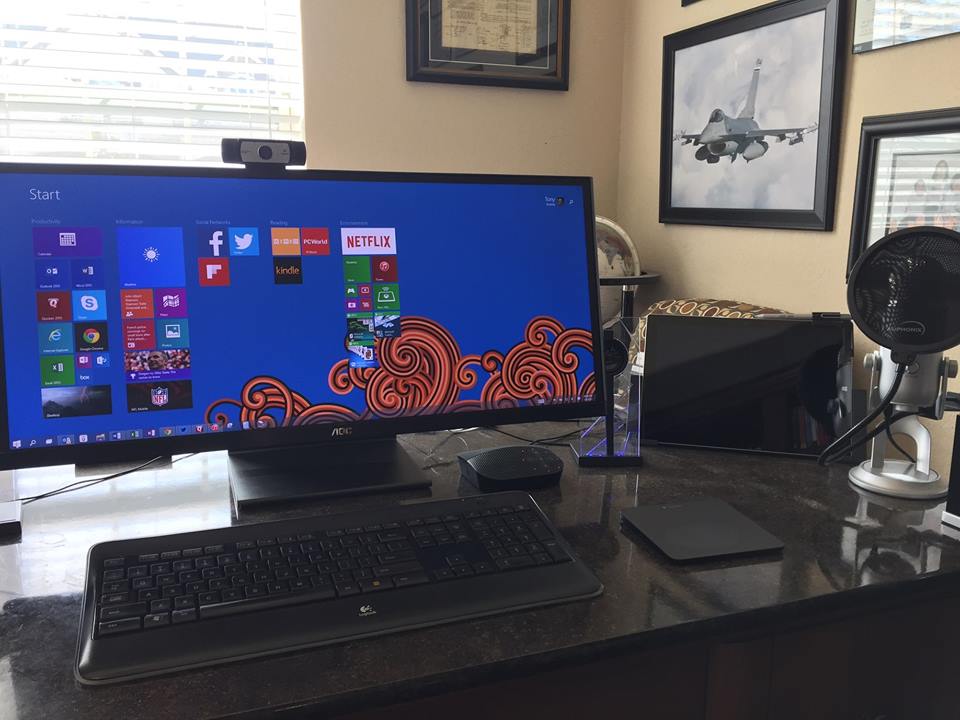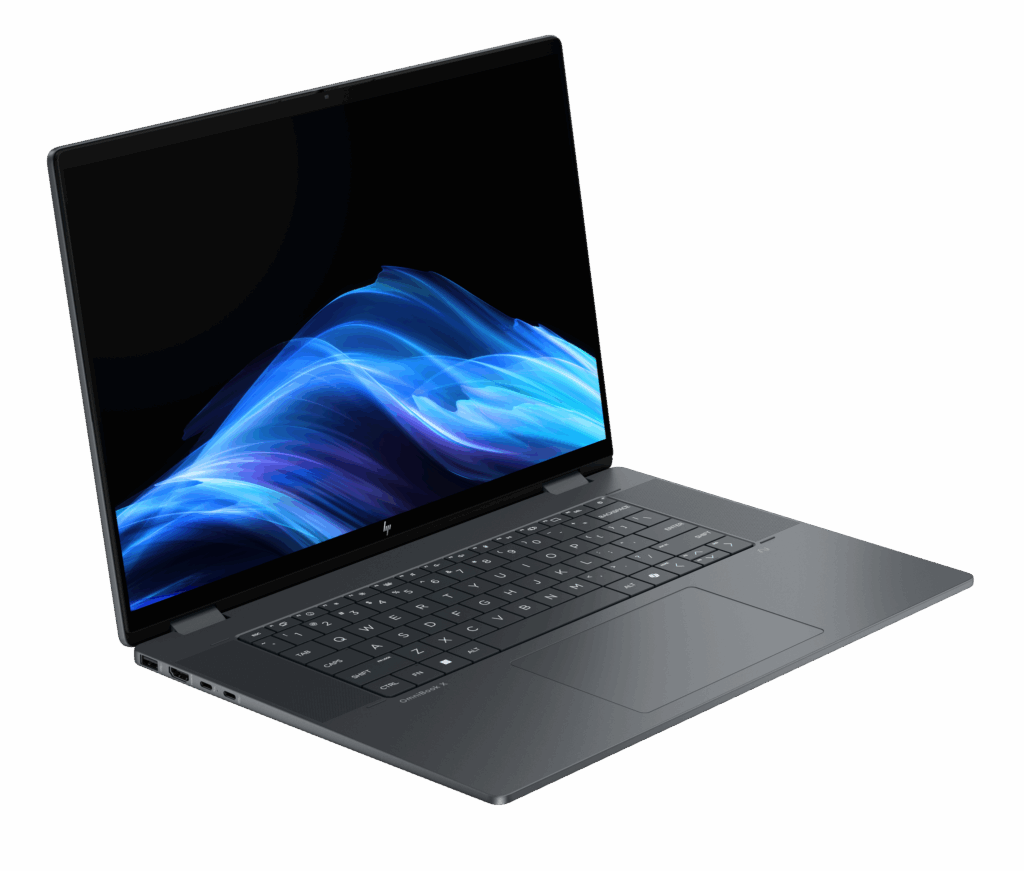30 Days with Surface Pro 3: Day 5
The Surface Pro 3 appears to be the device that is finally earning some respect and credibility for the Surface Pro line. Even, though it seems to be gaining some traction, though, there is still a lot of confusion and misinformation out there about what it even is. Is it a tablet, or is it a PC?
The answer is, “Yes.”
For background, here is what I wrote about the original Surface Pro when I did the 30 Days with Surface Pro series almost two years ago:
A PC is as a PC does. It’s been many years–like 42 or so in IT years-since I have owned or used a “desktop PC”. I spent years using my Dell XPS M1330 laptop, followed by my 11-inch MacBook Air, and now this Surface Pro. The reality is that the size and shape of the physical computer are irrelevant when it comes to using it at your desk. Whether you’re using a desktop, laptop, or tablet, if you stick it under your desk and connect it with a monitor, keyboard, and mouse–or some equivalent setup–it’s just a PC. The Surface Pro has an Intel Core i5 processor and 4GB of RAM, and it runs the full 64-bit Windows 8 Pro operating system just like a desktop. Functionally, there’s no real difference.
That was true then, and it’s still true now.
When I worked as an IT admin, and was responsible for providing tech support to a few hundred users, I was frequently amazed at how things that seemed obvious—like basic common sense—to me somehow eluded many average users. Many people have no grasp of the concept that the monitor is just a display and is not the computer itself. In their defense, now that we have a plethora of all-in-one PCs where the monitor does, in fact, house the PC components as well, the confusion makes more sense.
Here is my point. I used to have a desktop PC. I parked it under my desk with various cables running from it, and I sat at my desk looking at my monitor, navigating with my mouse, and typing on my keyboard. When I switched to a laptop, I would put it in a docking station off to the side of my desk with various cables running from it, and I sat at my desk looking at my monitor, navigating with my mouse, and typing on my keyboard. Now that I am using a tablet, I snap it into the docking station off to the side of my desk with various cables running from it, and I sit at my desk looking at my monitor, navigating with my mouse, and typing on my keyboard—except that I have upgraded from a mouse to a touchpad.
In my opinion, Microsoft’s mistake was marketing the Surface Pro as a tablet. Rather than calling it a tablet and then trying to convince businesses and consumers that it is also a real PC, Microsoft should have pitched it as the latest and greatest Windows PC…and oh, by the way it comes in a tablet form factor. Even with the Surface Pro 3 Microsoft chose the marketing tagline, “The tablet that can replace your laptop.” I prefer “The laptop that can replace your tablet.”
Microsoft’s second mistake with the Surface Pro line is not including the keyboard cover by default. It seems misleading or disingenuous to call it a tablet that can replace a laptop, or a laptop that can replace a tablet if you have to spend an additional $130 to functionally use it as a laptop. The Surface Pro 3 page on MicrosoftStore.com actually highlights that discrepancy, stating, “The 12-inch Surface Pro 3 is the tablet that can replace your laptop (Type Cover sold separately).”
So forget for a moment that the Surface Pro 3 is barely more than a third of an inch thick, or that it weighs less than two pounds. Instead, focus on the fact that it comes with an Intel Core i3, i5, or i7 processor, Intel HD graphics, 4GB or 8GB of RAM, and SSD storage ranging from 64GB to 512GB depending on the model you choose. Focus on the fact that it runs the full Windows operating system, and works with all of the same Windows accessories and peripherals as traditional Windows desktops and laptops, so when you connect it to your monitor, keyboard, and mouse you won’t actually know or care whether the PC is a desktop, laptop, or tablet. It’s irrelevant.
It just so happens that the Surface Pro 3 is unique among Windows PCs—a flagship device among a small but growing number of Windows PCs that is also a tablet. We’ll focus on that tomorrow, though, for Day 6.
Day 4: Navigating Windows
Day 6: Surface Pro 3 as a tablet
- The Evolving Face of Ransomware — and How We Can Stay Ahead of It - August 15, 2025
- Why We Need to Treat AI Agents More Like Human Employees - August 13, 2025
- Why Data Must Be the Heart of Cybersecurity - August 8, 2025




Totally love my docking station. I pretty much try to make my SP3 my “everything” machine… it plays most STEAM games I throw it too (sadly, ALIEN Isolation was too much for it)…I do video editing too and it handles it very well…I have the Core i7, 512GB model…
It works pretty well as a pc, either with the official dock or with a simple hdmi lead. It’s a good laptop, basically.